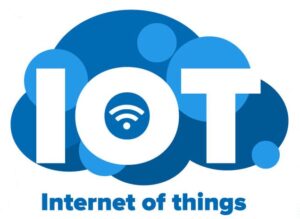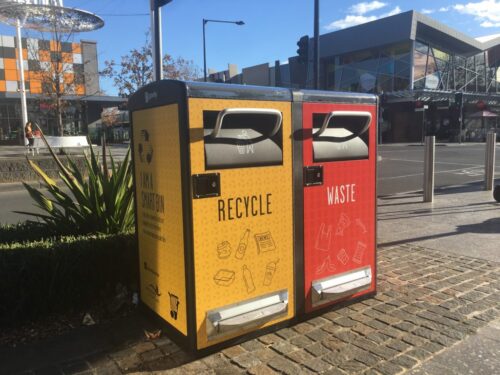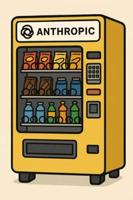I’m in the middle of preparing a talk at university on the topic of how government departments can leverage the power of Internet of Things (IoT) to improve the services they provide to society. I found that it was difficult to locate real-world examples of IoT being used by such departments so I thought I’d compile this short (but sweet) list of the use cases that I managed to find for my presentation.
A quick definition before I proceed: Internet of Things is the connecting of objects or devices or sensors to each other and the internet (or other machines) in order to collect data about the surrounding world. Data obtained from these sensors can be used to make insightful and informed decisions that would otherwise be made blindly or not at all.
The more data you have, the more informed your decisions can be. That’s the whole idea of IoT.
So, here are some interesting ways governments around the world are utilising IoT to better their services.
- 1. Intelligent Street Lighting (Copenhagen, Denmark).
- 2. Smart Parking Management (San Francisco, USA)
- 3. Smart Waste Collection (Melbourne, Australia)
- 4. Intelligent Road Quality Monitoring (Dublin, Ireland)
- 5. IoT in Agriculture (California, USA)
1. Intelligent Street Lighting (Copenhagen, Denmark).
In Copenhagen, the municipal authorities have implemented an intelligent street lighting system that utilises IoT technology. Half of the traditional street lights in the city have been replaced with smart LED lights equipped with sensors. These sensors detect motion, weather conditions, and ambient light levels. By collecting and analysing this data in real-time, the city can dynamically adjust the brightness of the streetlights. For instance, during quiet hours when there is minimal activity on the streets, the lights can dim to save energy. This not only reduces energy consumption and costs (55% energy savings have been reported) but also enhances public safety by ensuring well-lit streets when needed. (source)
2. Smart Parking Management (San Francisco, USA)
San Francisco has embraced IoT to address the perennial urban challenge of parking. Smart parking management systems (SFpark) use sensors embedded in parking spaces to detect occupancy. Drivers can access real-time information about available parking spots through mobile apps or electronic signage. This not only reduces traffic congestion caused by drivers circling for parking but also contributes to better air quality as cars spend less time idling. Parking spot prices can also be dynamically adjusted as well in order to divert traffic from one area to another. Lastly, the city can also analyse the data collected over time to optimise parking space allocation and improve overall urban planning. The city of Calgary in Canada has set something similar up as well. (source 1, source 2)
3. Smart Waste Collection (Melbourne, Australia)
An area of Melbourne called Wyndham has implemented a smart waste collection system that relies on IoT technology. Waste bins are equipped with sensors that monitor their fill levels (you can view this data live online here). When a bin reaches a predefined threshold, the system triggers a notification to waste management authorities, enabling them to optimise collection routes. This results in more efficient waste collection, reducing unnecessary trips and minimising fuel consumption. Before installation of this technology, garbage was collected 28 times per month. The average monthly collection is now below 6 times a month – an impressive 80% reduction. Moreover, the bins have solar panels that power a compactor that crushes the waste thrown into them allowing them to hold 5 times more rubbish than other bins their size. This further reduces the frequency of waste collection. (source 1, source 2)
4. Intelligent Road Quality Monitoring (Dublin, Ireland)
In 2019 the city of Dublin took a unique approach to road quality monitoring by distributing free smart bike lights equipped with IoT technology. These intelligent bike lights not only enhanced cyclists’ safety but also contributed valuable data to the government’s road quality monitoring efforts. The lights were equipped with sensors that detect vibrations, road surface conditions, and other relevant data during the cyclists’ journeys. As cyclists traversed the city, the smart bike lights automatically collected and transmitted real-time data to a centralised system managed by transportation authorities. This innovative initiative served a dual purpose: promoting road safety for cyclists by providing them with free, high-visibility lights, and simultaneously creating a decentralised network of sensors that continuously monitored road conditions. The collected data included information on road vibrations, potholes, and even traffic congestion patterns. As a result, authorities could identify areas that required maintenance, predicted potential issues, and implemented proactive measures to address road quality concerns before they escalated. (source 1, source 2)
5. IoT in Agriculture (California, USA)
Governments in various regions have started leveraging IoT in agriculture to enhance food production and resource management. IoT devices such as soil sensors, drones, and weather stations are deployed to monitor crop conditions, optimise irrigation, and track weather patterns. For instance, in California, IBM partnered with The Freshwater Trust and SweetSense Inc. to use IoT sensors to monitor groundwater usage in agriculture, ensuring sustainable practices and efficient resource allocation. By integrating IoT into agriculture, governments can support farmers in making data-driven decisions, increase crop yields, and promote environmentally friendly farming practices. (source)
Conclusion
Hopefully this list will help anybody else out there that needs a quick reference for real-world examples of IoT used in government services.
To be informed when new content like this is posted, subscribe to the mailing list (or subscribe to my YouTube channel!):




